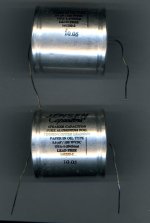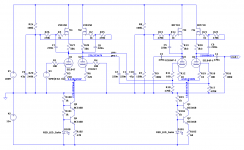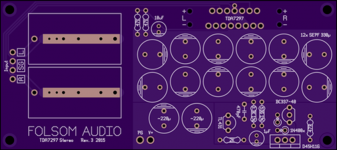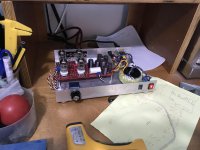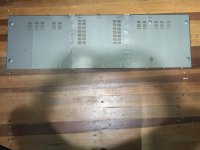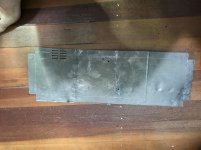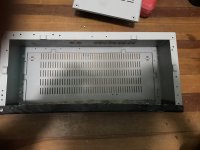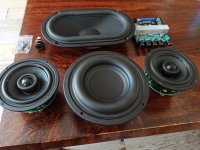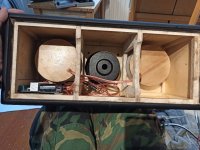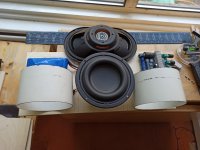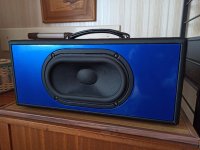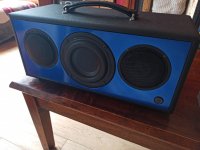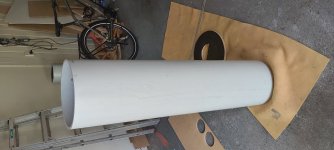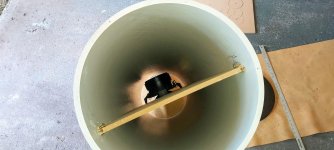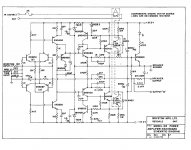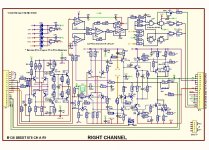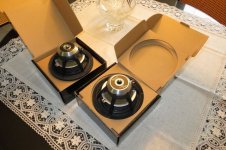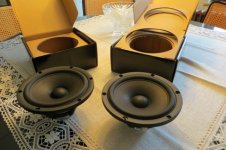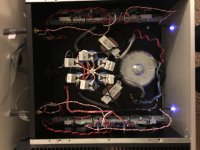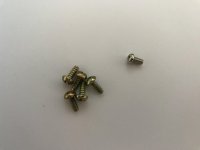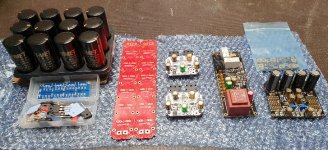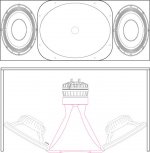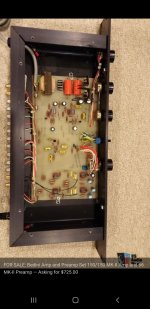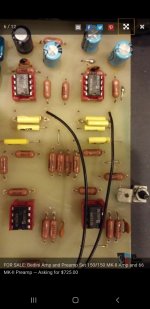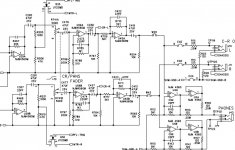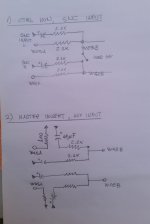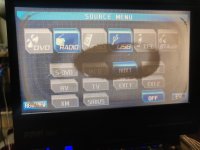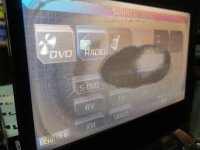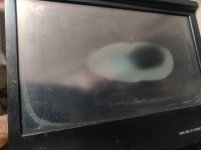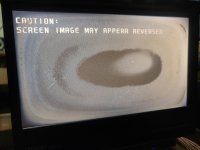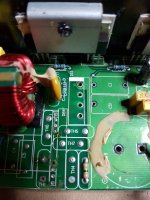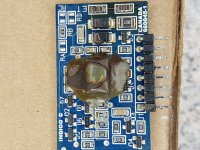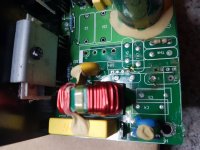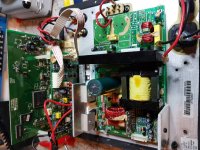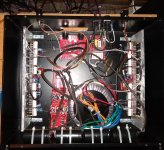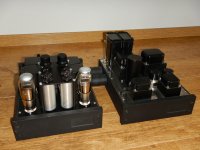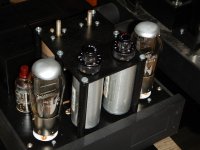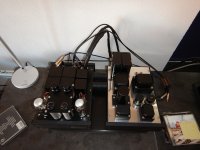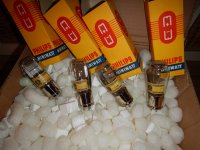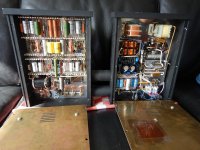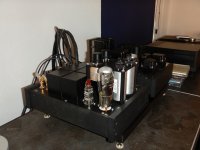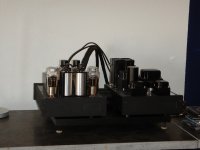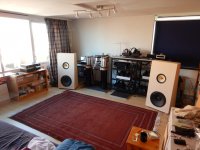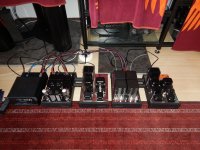Hello, I'm building an amplifier based on the LM4780 chip and I intend to use it in two ways: to amplify the sound of the PC that I use mainly for watching movies and also for listening to music through bluetooth, a tiny MH-M18 card.
In the test I did with the PC directly connected to the amp, the amplifier produces great sound, both in quality and in "quantity": it produces great volume.
But using the bluetooth audio receiver, the sound is very low. Well ... at least in relation to the PC.
Then I started looking for alternatives and as I have some OPA2134 opamps, I did a test: the bluetooth signal passing through the non-inverting opamp, set in the simplest way there is
Ri = 1kohm (inverting input to ground)
Rf = 10kohm trimpot (between output and inverting input)
Using just the ears and testing with some songs that are in good quality, lowering and increasing the resistance of the trimpot I found a value of 1kohm or a little more ( up to 1k4ohm) that result in a volume, for bluetooth, similar to what I get from the PC. Above that, the sound distorts. But I'm not feeling very comfortable with the measure taken so, by ears, I may be making mistakes like dimensioning the highest and lowest Rf in relation to Ri.
I would like help with the following:
1) Is there a way to take this measure in a more scientific way but without having to purchase an (expensive and, for me, complex) oscilloscope? Some simple resource to know if the signal is being clipped or if it is below what it could be? I thought about generating files of a single frequency using Audacity, for example ...
2) The schemes I am finding, they all create two-stage preamplifiers. However, using only one stage, as I said, and only the ear to reach the maximum without distortion, I have the impression that it works well. In addition, I have seen gain adjustments on the order of 4, 5 or even more times. Why does the scheme I made, which results in a gain of about 2 times, maybe a little more, work well?
3) I have also found schemes that use resistors, from signal to ground, before entering the opamp, to increase the impedance of the preamp input. Is this necessary in my case?
4) I didn't do the test but as not only the volume but also the sound quality improved, I was wondering: if I did the signal that comes from the PC also go through the preamp, wouldn't that also improve the sound on the output? Or the signal from the PC, as it is stronger than the bluetooth, would it get distracted?
Those are, for now, the doubts I have.
The schemes I am trying to understand with the little knowledge I have so far are mainly those of Rod Elliott (
Elliott Sound Products - The Audio Pages (Main Index)), those of Mark Hennessy (
Mark's Pages › Home /) but also some others that I have found on the Internet. I have also attended classes that I find on YouTube, for example Gabriel Vinicius' classes (
GV ensino - YouTube), which are in Brazilian Portuguese. Even so I confess that I am still in the beginning and therefore I would be grateful if you can help me.
If any information was missing, please ask me.
Thanks.
 [/IMG]
[/IMG]
